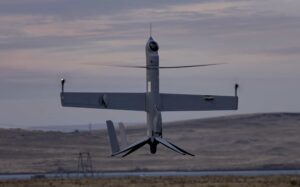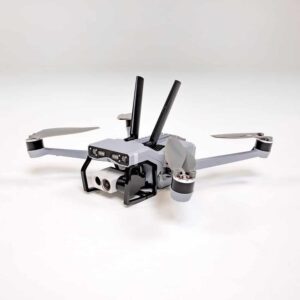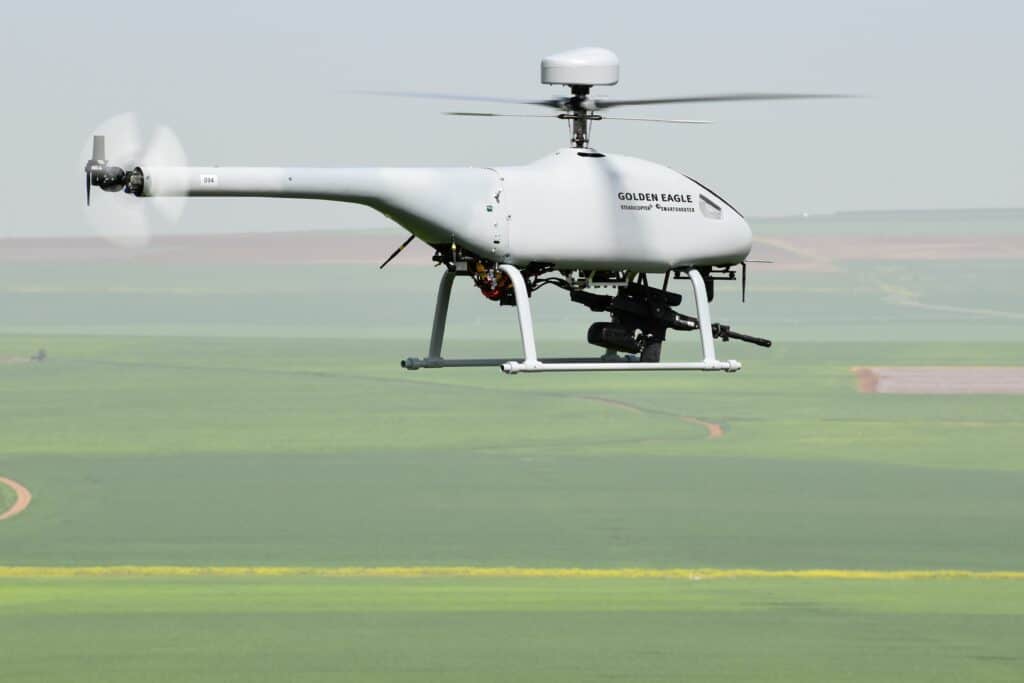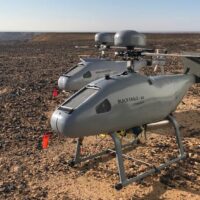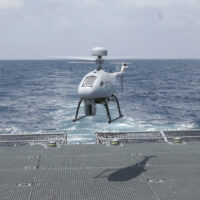Tactical Unmanned Aerial Systems
Military drones and UAS (unmanned aerial systems), also referred to as RPAS (remotely piloted aircraft systems) or UCAVs (unmanned combat air vehicles), are deployed by armies, navies and combat forces for a variety of different applications. The use of unmanned aircraft systems provides a number of advantages for battlefield roles, including reduced risk to personnel and lower operating costs.
All major types of UAS platform have been deployed for military use, including fixed-wing, multirotor and unmanned helicopters. Armed forces may categorize them in a number of ways, and the U.S. Department of Defense classifies military UAS in five groups according to weight and operating altitude, with Group 5 being the heaviest and highest-flying.
Examples of each group include:
- Group 1: RQ-11 Raven, RQ-20 Puma
- Group 2: Insitu ScanEagle
- Group 3: RQ-7B Shadow, RQ-21 Blackjack
- Group 4: MQ-8B Fire Scout, MQ-1A/B Predator
- Group 5: MQ-9 Reaper, RQ-4 Global Hawk
LOS & BVLOS Communications
Military drones may operate LOS (line-of-sight) or BVLOS (beyond visual line of sight) according to their capabilities and the needs of the mission. Small UAS (sUAS) may be controlled and communicated with via RF (radio frequency), while larger unmanned aerial vehicles may utilize satellite communications (SATCOM), allowing them to be operated from almost anywhere in the world.
Combat Drones
Unmanned combat air vehicles (UCAVs) may be equipped with a range of munitions for undertaking strike operations, such as bombs and air-to-air and air-to-surface missiles. Regulations state that these must be deployed with an operator in the loop, and not autonomously.
Payloads
Tactical UAS may also carry a variety of payloads that enable them to carry out ISTAR (intelligence, surveillance targeting and reconnaissance) missions that provide commanders with real-time situational awareness. These payloads include electro-optical and infrared (EO/IR) imaging systems, synthetic aperture radar (SAR), and electronic warfare (EW) sensors.
Military UAVs have also been created to carry out other tasks, including air-to-air refueling, medical evacuation, and launching smaller drones.





